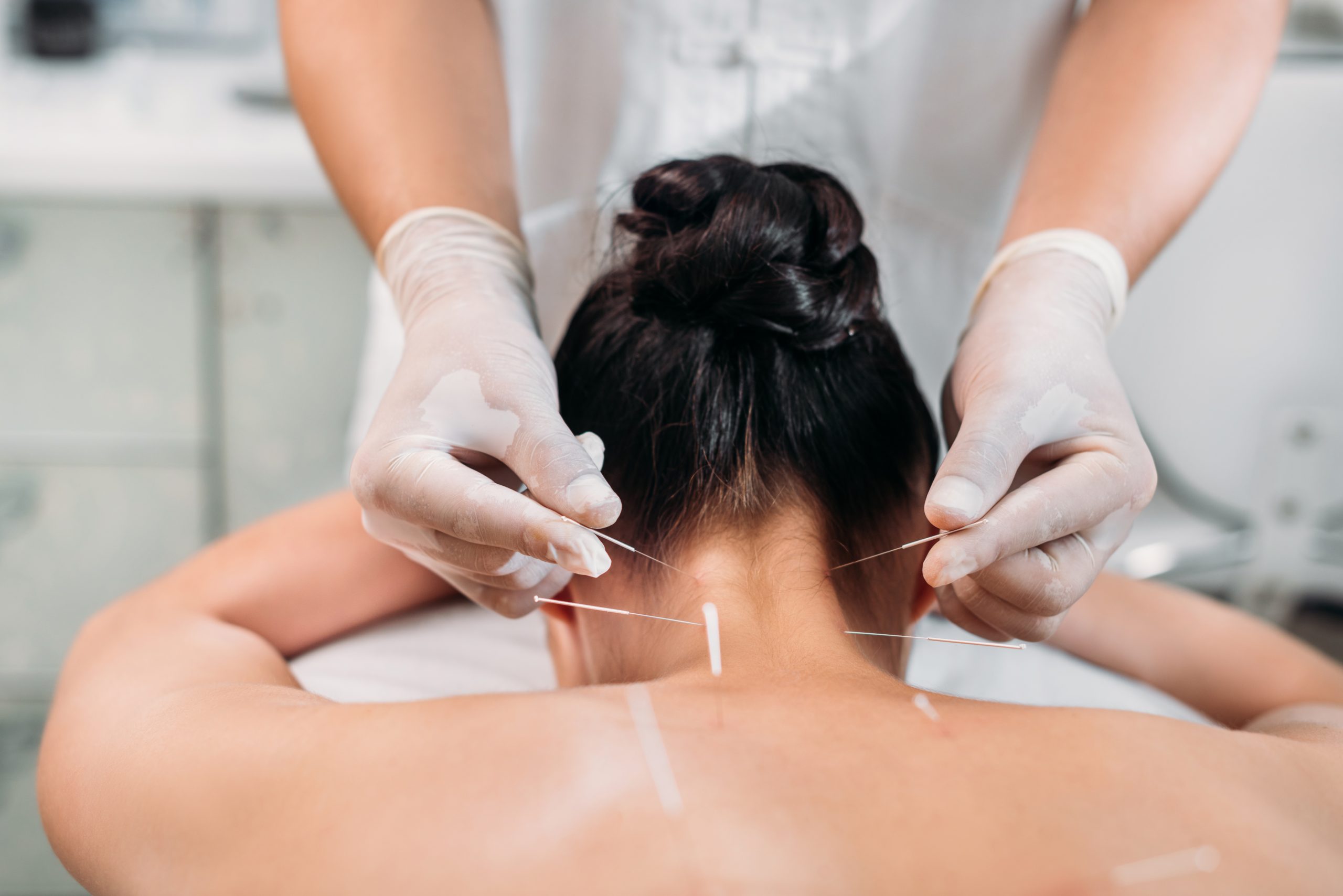
One of the frequently asked questions by individuals new to holistic health is, “Is acupuncture safe?” Acupuncture, a pivotal component of Traditional Chinese Medicine, has been practiced for thousands of years. Its increasing popularity in Western countries has prompted discussions on its safety and efficacy. This article delves deep into the subject, examining both the potential risks and the steps to ensure a safe acupuncture experience.
Historical Roots and Modern Practice
Acupuncture’s long history dates back over 2,500 years. This time-tested technique centers around the idea that stimulating specific points on the body can help balance the flow of Qi (energy) and subsequently address various health issues.
In modern times, acupuncture has been subjected to numerous scientific studies and clinical trials to gauge its safety and effectiveness. Most research suggests that when performed correctly by trained professionals, acupuncture is generally safe and offers a host of potential benefits.
Understanding the Procedure
Before diving into its safety, it is essential to understand the procedure. Acupuncture involves inserting very thin, sterile needles into specific points on the skin. The depth and location of these insertions depend on the condition being treated. The needles stimulate nerve-rich areas, potentially influencing organs, tissues, and various functions of the body.
Potential Risks of Acupuncture
Like any medical procedure, acupuncture does come with potential risks, albeit rare:
- Infection: If non-sterile needles are used, there is a risk of infections. However, reputable practitioners always use single-use, sterile needles, minimizing this risk.
- Injury: A needle inserted too deeply could potentially puncture an organ. But again, this is extremely rare, especially when you are in the hands of a qualified professional.
- Minor Side Effects: Some patients might experience mild side effects such as bruising, soreness, or light bleeding at the needle sites.
- Unforeseen Reactions: A few might feel dizzy or faint during or after treatment. It is essential to communicate any discomfort to the practitioner immediately.
Ensuring a Safe Acupuncture Experience
While the question, “Acupuncture is it safe?” often arises, the key to a safe experience lies in the hands of both the practitioner and the patient. Here are some steps to ensure safety:
- Choose a Licensed Acupuncturist: Ensure that the practitioner has the necessary credentials and experience. Licensing means they have undergone the required training and adhere to specific standards.
- Communicate Openly: Discuss all your health concerns, medications, and previous medical history with the acupuncturist. Transparency ensures tailored treatments that consider all health aspects.
- Check for Cleanliness: The clinic or space should be clean, and all equipment should be sterile. Do not hesitate to ask the practitioner about their sterilization practices.
- Aftercare: Post-treatment, it is common to feel relaxed or slightly drowsy. It is advisable to avoid strenuous activities immediately after the session.
Comparing Acupuncture to Other Modalities
To give a broader perspective on the safety of acupuncture, it is worth comparing it to other therapies. For instance, dry needling, another popular treatment, involves inserting needles into muscle knots or trigger points. While the procedure might seem similar to acupuncture, the approach and philosophy differ. The potential risks, such as bruising or muscle soreness, can overlap with acupuncture, but it is essential to understand the differences and choose accordingly.
On the other hand, modalities like acupressure and massage are non-invasive and work on similar principles to acupuncture but without needle insertion. They offer an alternative for those wary of needles but still wish to experience the benefits of energy flow and balance.
Acupuncture, a holistic approach to health, offers numerous potential benefits. When asking, “Safe acupuncture – is it a reality?”, the answer largely rests on choosing the right practitioner and being an informed patient. Like any therapeutic modality, understanding the procedure, potential risks, and safety measures is crucial. By doing so, one can enjoy the potential benefits of acupuncture, from pain relief to relaxation and enhanced well-being.